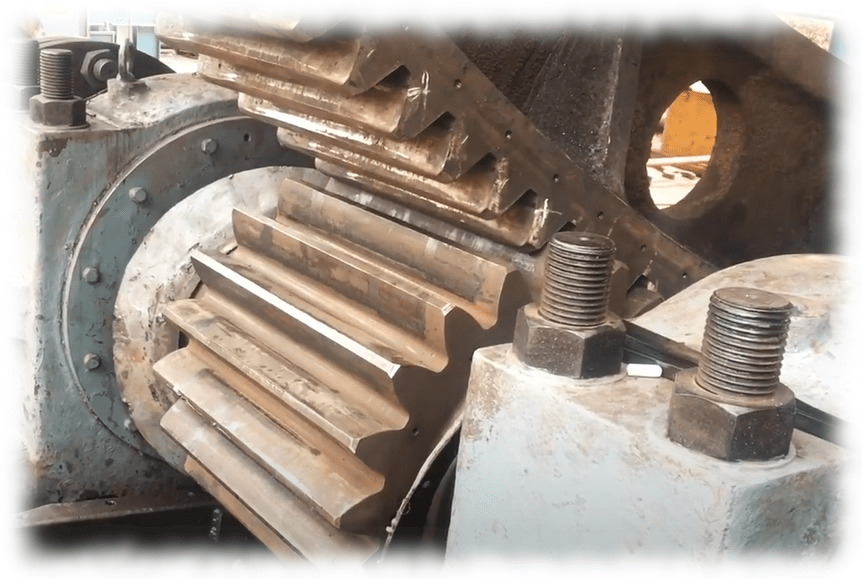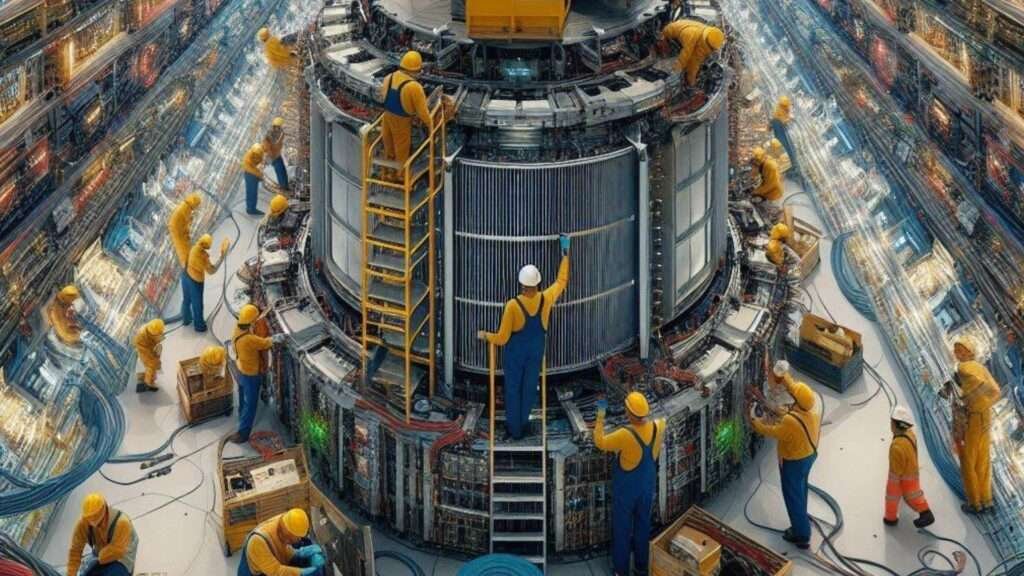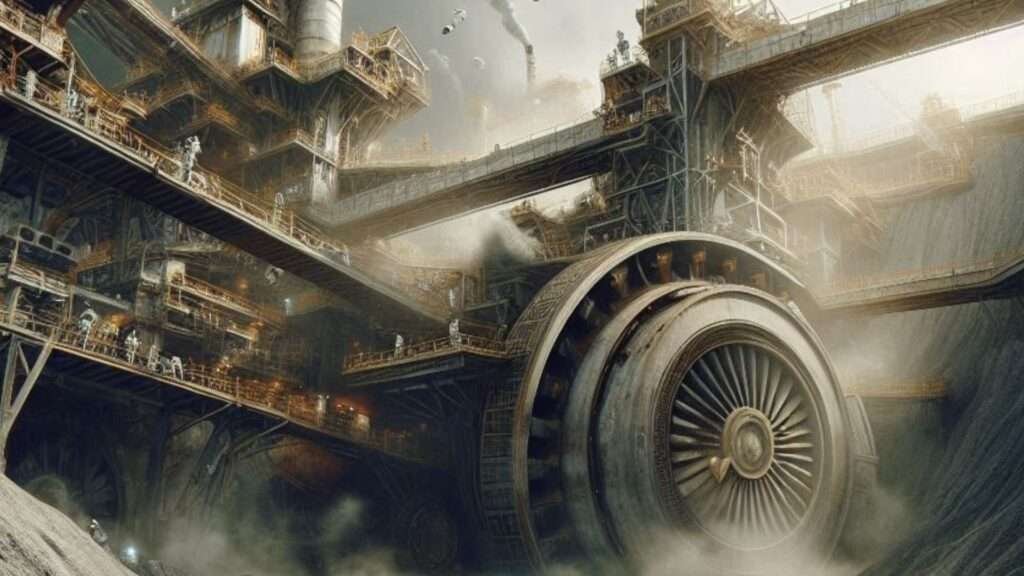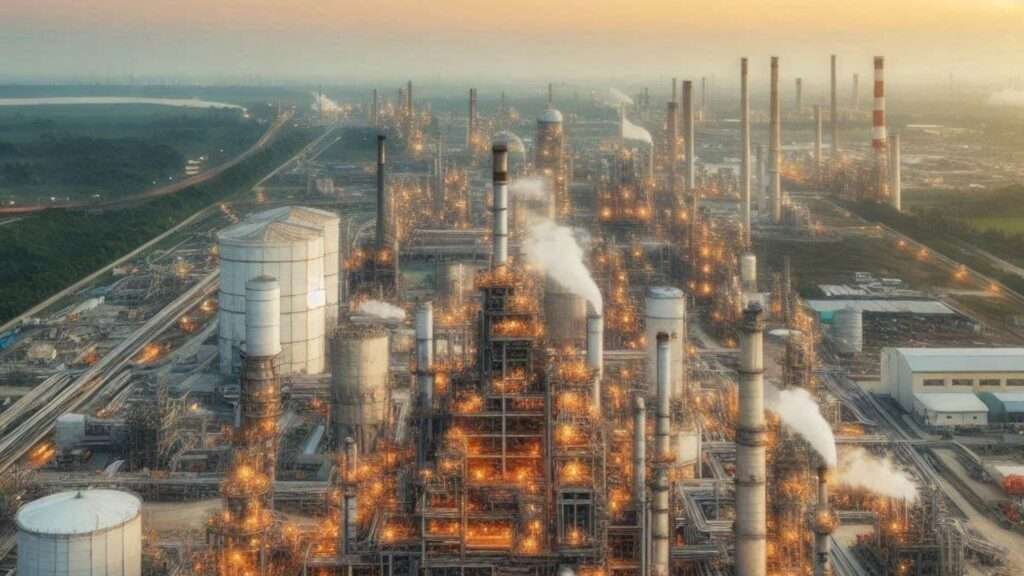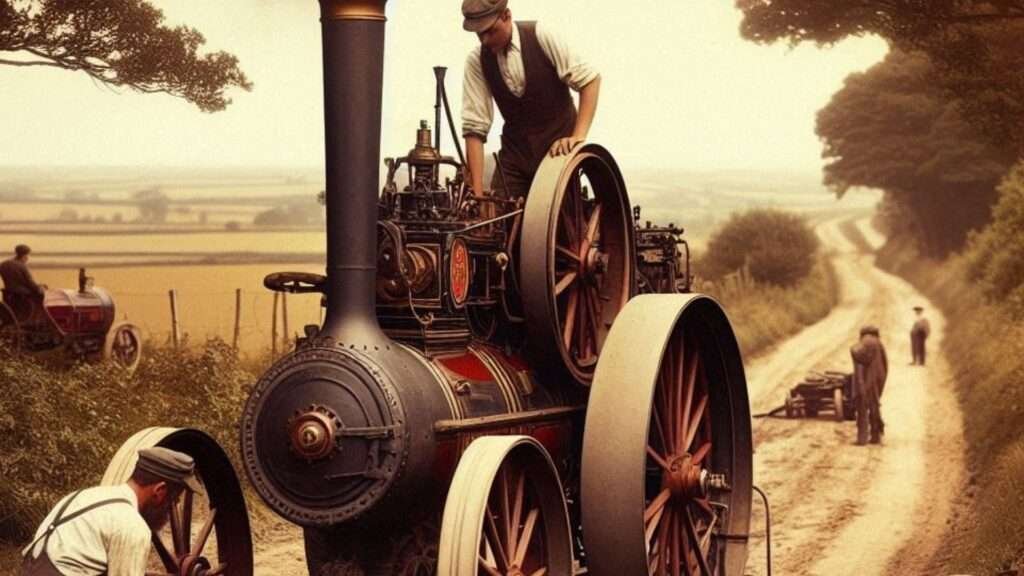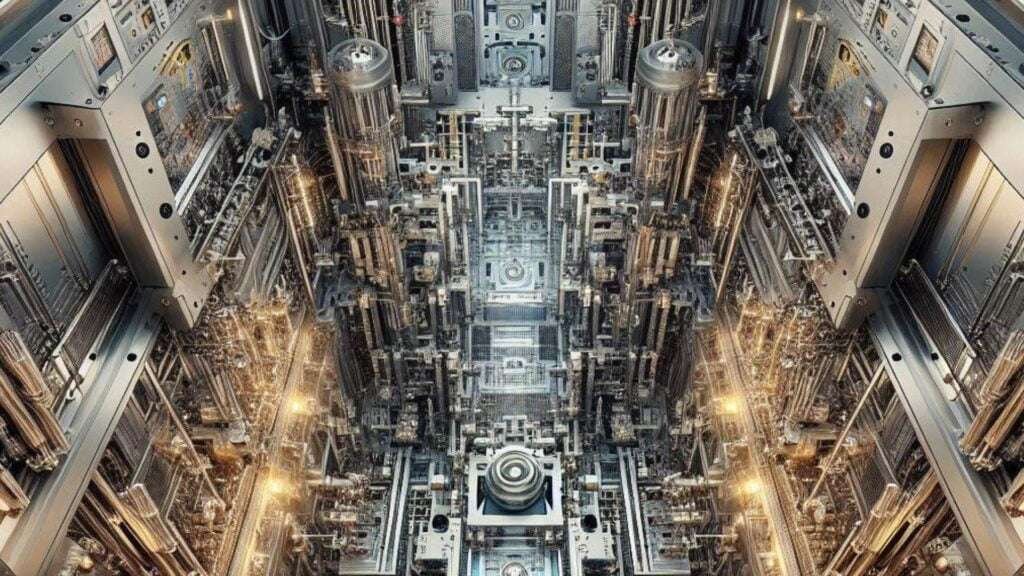Reliability Engineering & Maintenance Strategies.
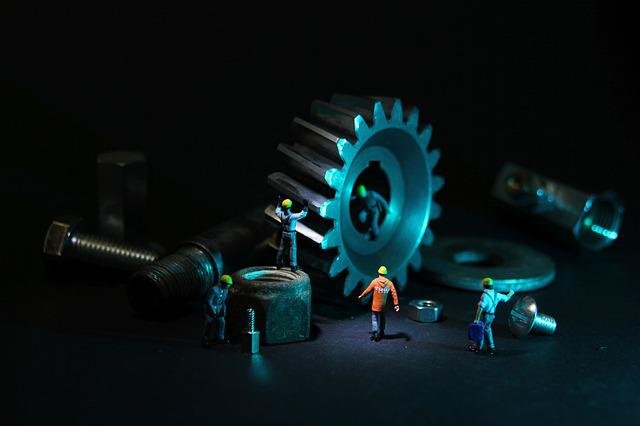
What is equipment reliability?
A mechanical piece of equipment is said to be reliable if it is fundamentally sound, able to fulfil the requirements of its design, and able to operate faultlessly in a specific setting.
It is critical to understand the technical or engineering definition of “reliability” as it relates to our equipment. All pieces of equipment will eventually fail because all equipment and components have a limited life, and that life is affected by where and how these items are used.
We need to agree on a definition of reliability as it relates to us, and managers must understand that comparing ‘apples for apples’ when looking at other (apparently) similar plants is not always possible, at least not in a beneficial way.
Reliability is the likelihood that a plant or component won’t stop operating within predetermined parameters in a given period of time while operating in a predetermined environment.
The reliability of mechanical systems can be outlined using the following definition. Mechanical Reliability is the likelihood that a spare, item, or unit will carry out its intended function flawlessly for a predetermined period of time when used properly in a predetermined environment.
The definition of reliability includes a number of factors that are unrelated to the construction quality of the equipment. Similar equipment (make/model) may have radically different duty requirements due to client operating conditions, such as continuous operation at extreme temperature conditions (hot or cold) or frequent stop-starts.
It doesn’t take much for some types of equipment to be harmed; for example, tiny dust particles can harm machinery that normally operates in clean environments. As a result, it is critical to fully comprehend the operating conditions under which an item of equipment is expected to perform and how it will be operated by end users.
What does Maintainability mean?
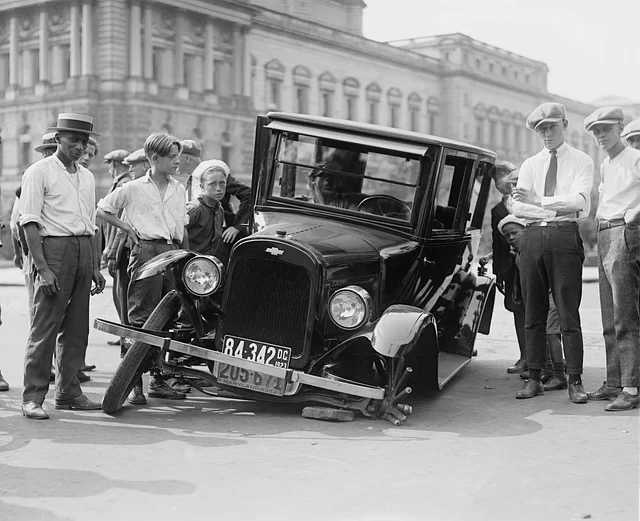
Maintainability is the ability to repair a piece of equipment when it breaks down and get it back up and running as quickly as possible.
The Mean Time to Repair (MTTR) of an item is determined by multiplying the time needed to complete each anticipated repair task by the frequency at which that task must be completed (e.g. no. of times per year).
Assuming the fault has been correctly identified and the required personnel and spare parts are on hand, the manufacturer’s MTTR data will only be repair time.
What is equipment Availability?
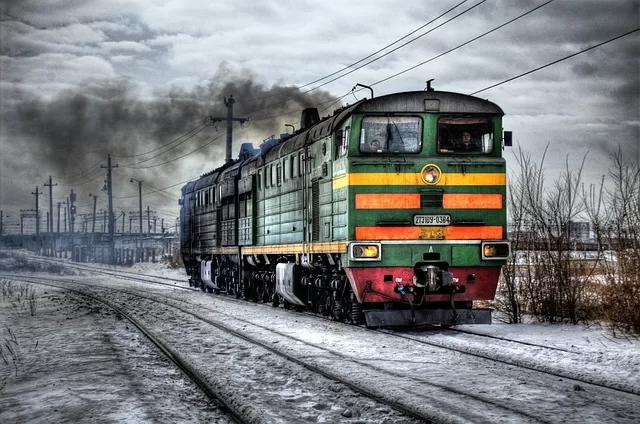
The amount of time the equipment can be used is determined by its availability. It is the amount of time that a piece of equipment is operational and ready to produce output. Availability, also known as uptime, is an important key performance indicator for most manufacturing facilities’ overall efficiency.
Availability can also be defined as the likelihood that an asset will be able to fulfil its required function over a specified time period or at a specific point in time because of the combined effect of its dependability/reliability, maintainability, and the effectiveness of the maintenance team.
The operating environment determines the performance requirements of an asset. A train transporting a product to a ship waiting at the docks, for example, is expected to arrive at its destination once it has left the station.
As a result, it will be serviced for an extended period of time prior to this trip to ensure this. In this case, the train’s reliability must be 100%, but its availability will be viewed as relatively low during the reporting period.
Equipment availability is critical in certain types of process industries that run continuously and require extensive preparation to shut down due to the nature of the operation.
Availability for an item of equipment is calculated via Reliability (Mean Time between Failures (MTBF)) divided by (MTBF + Maintainability (Mean Time to Repair). MTBF/ (MTBF+MTTR).
The implication of this formula is that high availability can be obtained either by making the equipment more reliable (increasing MTBF).
The more reliable you make something and the less time you can spend fixing it when it does break down (Improving maintainability), improves the availability.
It’s no surprise that production departments want to see evidence that maintenance departments are taking control of their spare parts, training their employees, and making sure their workshops are fully equipped in order to give themselves the best chance of completing their work with the least amount of interference or trouble.
Repairable & Non Repairable Systems
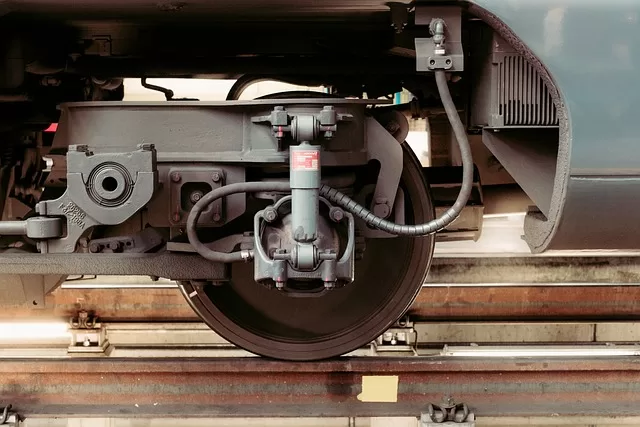
Reliability engineers will make different arrangements for repairable and non-repairable equipment/components.
A non-repairable item is changed out for a new one that is of the same specification. Assuming your always replace these with identical items, the failure rate, you would not expect the failure rate to change over its expected service life.
When equipment can be repaired, the item that has been repaired will not be as good as when it was first installed.
Although the loss will be minor, it will not be as good as new, so the failure rate will rise over time as a result of general wear and tear. However, in most cases, the cost benefits of using repairable items outweigh the minor losses over time.
Working out the High Level Maintenance Plan
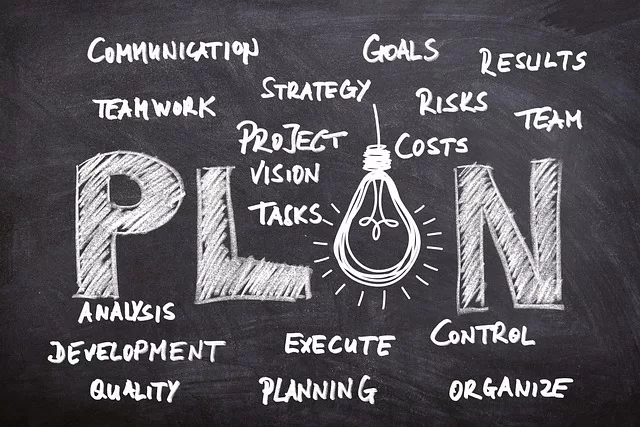
The high level maintenance plan for your site will take into consideration the reliability, maintainability and availability requirements.
The primary element of your plan will be around proactive/preventive maintenance however, there will sometimes be other strategies that you will need to include.
What is failure based maintenance?

There will also be a strategy for certain types of components that are low cost and take only a short time to isolate and replace and for these situations, Failure based Maintenance is used. It might be that you expect a particular item to fail twice per year, the item costs $300 and there is a duty/standby pipework arrangement, the only time lost is the time required for production to switch over to the other line.
You can potentially have failure-based maintenance for critical equipment where there are duty/standby arrangements, but it’s not something I’d risk because it could be a difficult day at work explaining the loss of production if both the duty and standby equipment failed on the same day.
Failure-based maintenance is best kept for non-critical low cost, fast turnaround equipment/components, or where no proactive maintenance or replacement strategy is possible at the moment (a reliability project would be in place addressing these situations).
One critical aspect of these situations is that you must keep these items in your warehouse at all times; your CMMS cannot calculate the maximum/minimum stock holdings.
Based on how many of these items are installed, you will determine how many you need to have at any given time, and the maximum/minimum figures will be submitted on that basis; once approved, these figures cannot be changed.
Fixed Time or operating statistic Maintenance (Strategy based maintenance)

Strategy-based maintenance is the most common type of maintenance that I’ve come across. It is extremely effective if implemented correctly and followed without unacceptable compromise, and you do it as planned with a 5% > 10% allowance on total cycle hours/days/weeks planned.
For example, if it was approved to be replaced or maintained every 10,000 hours, you have a flexibility of 500 to 1,000 hours to complete that task.
It might before or after the original planned date but that’s a decision made around that time. You have the freedom to complete the task at the most convenient time by having a little wiggle room.
Some maintenance tasks can only be performed when either a section of the plant is offline perhaps the entire plant is offline.
Strategy based maintenance in these situations requires a lot of discipline on the part of both the maintenance and production teams. Deferring shutdowns is risky business in these situations, especially as the equipment begins to wear out and the failure probability increases.
During shutdown events, planned strategy-based and corrective maintenance tasks are frequently combined to reduce the total number of planned maintenance stoppages per year, maximize uptime, and reduce waste.
It is critical that this work is not postponed unnecessarily; any attempts to do so must be risk assessed by engineers.



